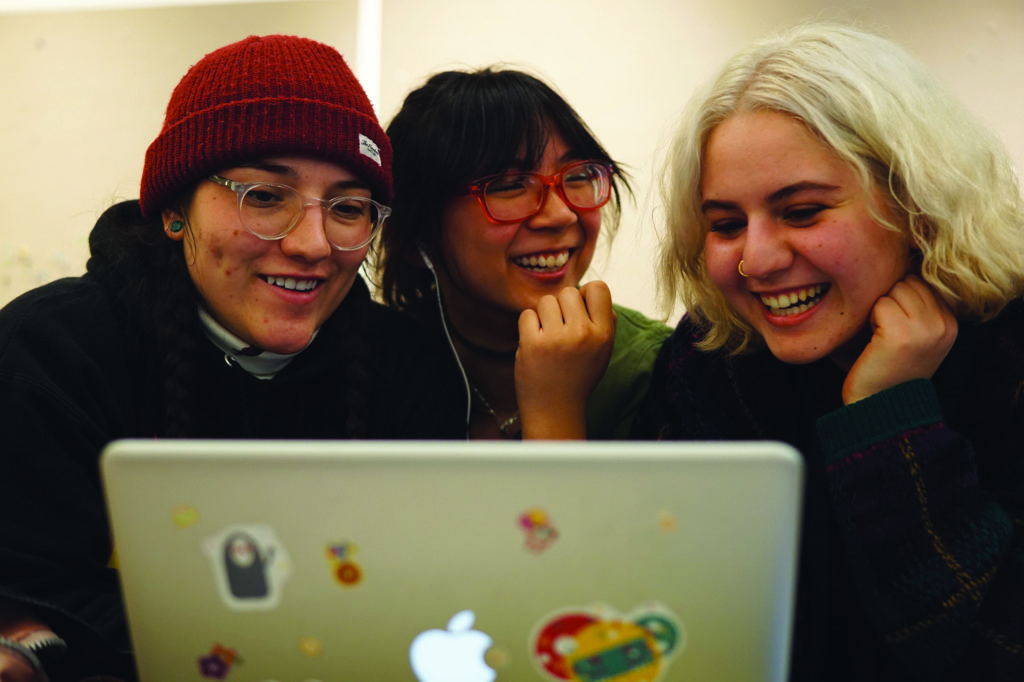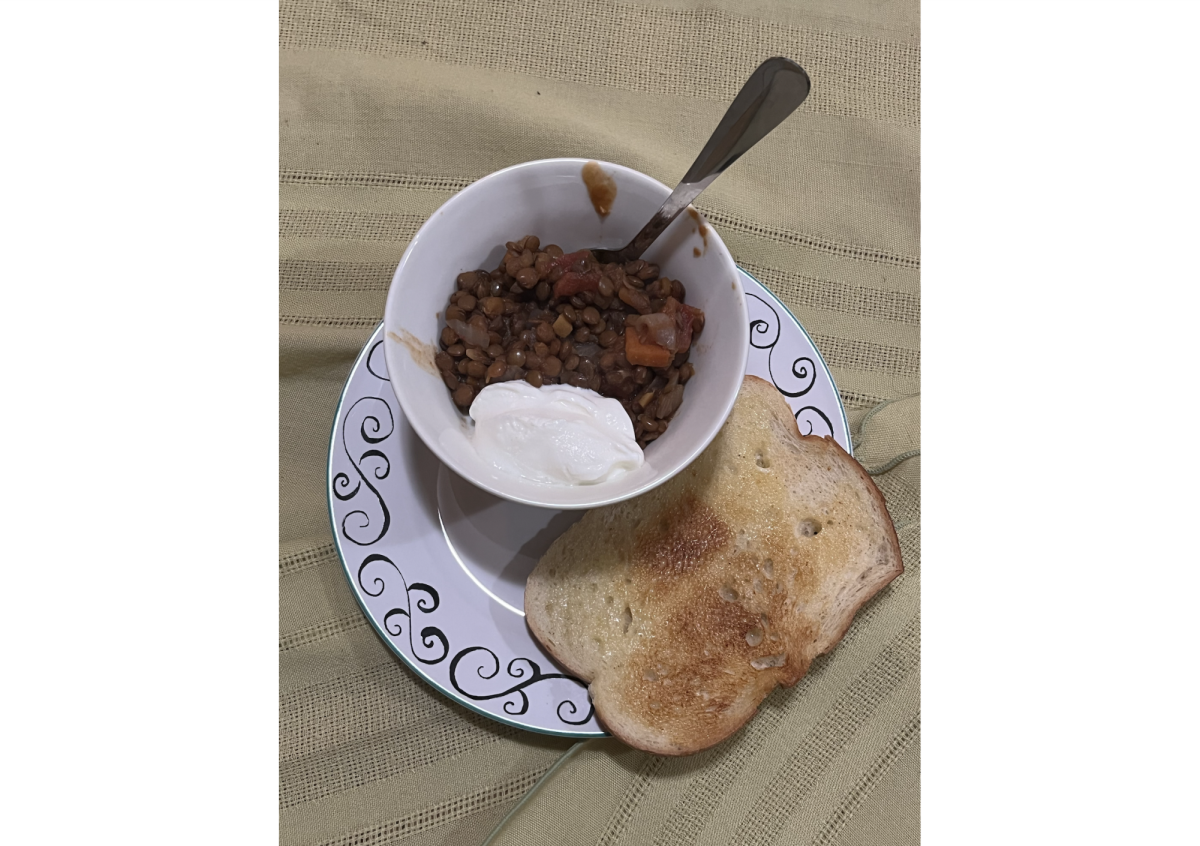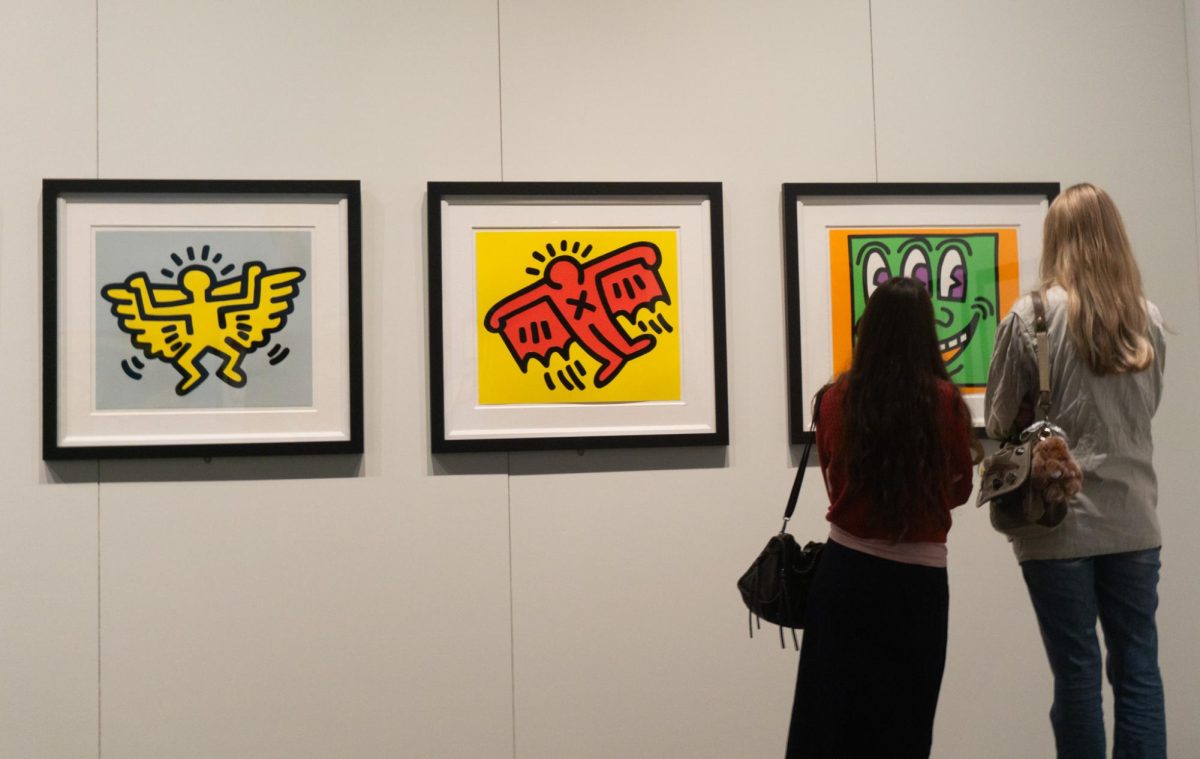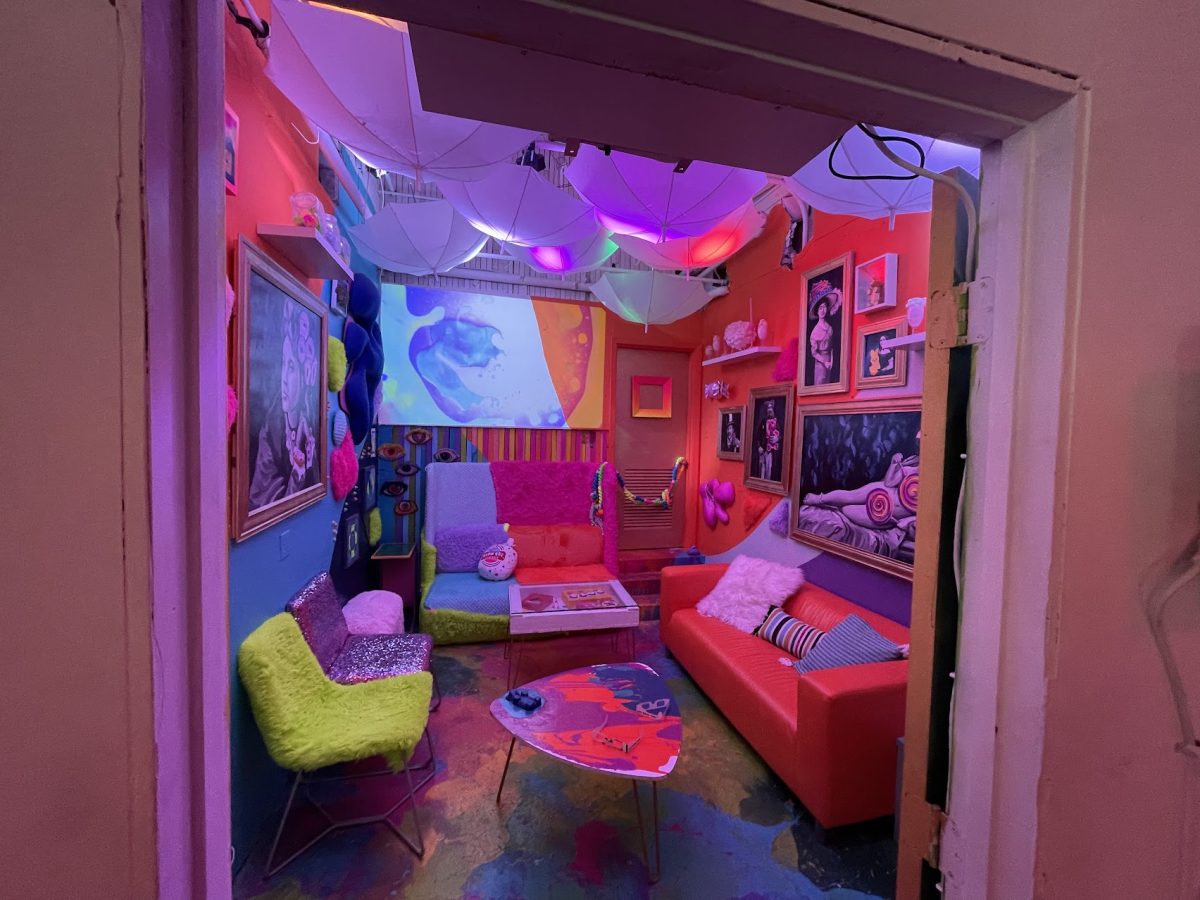From the eye-catching products of this past holiday season, to the unmistakable boxes from Amazon or Chegg in which this quarter’s textbooks are delivered, we come across packages repeatedly without even thinking of it.
Almost everyone recognizes packaging as a part of their everyday lives, but very few are likely to see it and think of it as art. It was this dilemma which formed the basis for the final project of professor Naomi Kasumi’s digital design class, which aimed to combine a variety of techniques developed throughout the quarter.
The Product Packaging Project required digital design majors to conceptualize the packaging for a product either real or imagined, creating something both aesthetically pleasing but also capable of communicating product information like nutritional facts and or device features.
“I wanted students to think of packages not only in the sense of protecting or containing a product, but also adding value to that product,” professor Kasumi said.
Kasumi gave this assignment to contextualize packaging as its own unique form of art, combining both the vision of a digital designer and the needs of companies and consumers. The Product Packaging Project taught students that something as simple as the container for a product and the label it bears can have psychological and monetary value and even make customers excited to buy and open it. One needs only look to the immense popularity of unboxing videos on YouTube and social media to see that the act of opening or unpacking a product can be just as if not more important than the product itself.

Used jars covered in paint rest in a room on the lower floor of Hunthausen.
The product’s label and information were only the beginning for this project. However, students participating in this project were also required to physically produce the package they had in mind. This task required designers to think beyond the usual bounds of their editing software and consider elements like the dimensions, materials and cost of production of their container in addition to appearance.
This also involved consideration of the mechanical design for their package, confronting questions like how a package would operate in terms of opening closing, or other features like potentially serving as a carrying case.
“I’ve always seen product packaging as a means of marketing, but I had never thought deeply about the way that a product’s packaging helps create the user experience of that product,” said Caleb Saied, a senior design major that worked on the project.
“A lot more technical thought goes into a product’s packaging than most people would expect and I think that should be appreciated.”
Saied went into further detail about the unique challenge of designing in three dimensions and visualizing the space that would be occupied by both the package and the object within. This element was particularly relevant in the case of students designing a package for a product that didn’t exist, as it required an extra level of planning and the ability to work without a reference.
“You have to have [a package] in your hand to really see how it works” Kasumi said.
In addition to dimensions, the project also had a strong focus on the materials involved in the construction of the package, opening the floor to discussions on the environmental impact and sustainability of production.
Also, the limited time window of the project required students to source materials locally rather than having them shipped, giving them the opportunity to meet suppliers and seeing firsthand their role in the industry.

Alyssa Lau edits a picture of herself at the early stages of her project.
The Product Packaging Project is one of five assignments that will be up for display as part of the digital design gallery coming spring quarter.
It will showcase the works of 22 design majors for a total of over 100 pieces. These five projects will represent a variety of mediums and subjects, such as informational design and brand image, all united by an overarching theme unique to this year.
Joey Grable, one of the cohort leaders organizing this event, described it as a unique opportunity to see design work outside of its typical setting.
“There’s rarely exhibitions for work outside of fine art,” Grable said. “A gallery is not really a space you usually get to see design work.”
The Spectator will have more information on Digital Design Gallery as the date of the event approaches.
Carlos may be reached at
ccervantes@su-spectator.com









